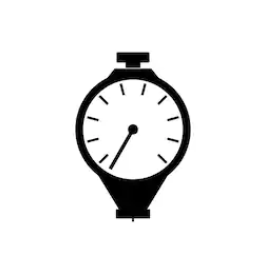A Guide To The Shore Durometer Scale
Mar 19, 2020
Shore A
 Rubber materials come with a range of qualities that all play into the sealing process and its complexity. There are tolerances, environmental factors as well as compression set but also, the hardness is also a vital component. The hardness is measured by Durometer and this will measure the hardness in materials such as polymers, elastomers and rubbers. It can prove a difficult property to ascertain as it is dependent on geometry and this will require thorough testing.
Rubber materials come with a range of qualities that all play into the sealing process and its complexity. There are tolerances, environmental factors as well as compression set but also, the hardness is also a vital component. The hardness is measured by Durometer and this will measure the hardness in materials such as polymers, elastomers and rubbers. It can prove a difficult property to ascertain as it is dependent on geometry and this will require thorough testing.
The Shore A scale is utilised for measuring how hard, a material is. Therefore, if a material has a Shore A “0” then this will mean that it is soft and has a gel-like appearance to it such as silicone. However, any elastomers that are rigid will often be at the other end of the scale and so, they will have a rating of around 90-95A.
Polyurethanes are often used at the 80-95A hardness range as they have the right blend of mechanical properties. As a result, they have the ability to flex and absorb any impacts while they can handle pressure and keep their shape. Therefore, they are perfect for applications such as shock absorbers.
Shore D
Commonly, this scale is used for plastics. Those materials that have a hardness above 65D will be completely rigid and will not have the flexibility or surface flex that is commonly seen with A scale grades. These harder materials have a greater level of resistance to flex and that can mean that they are suitable for applications which includes impact protection or metal replacement. As a result, they are commonly used in mechanical products which can include gear wheels, castors and wheels.
So, the durometer scale is a way of measuring the hardness of a rubber material. The list below will provide you with an insight into the different hardnesses and where you can find them. As an overview, the majority of rubber materials will come under the scale of Shore A. However, with a variety of applications and requirements, material hardness can alter and measure on an alternative end of the scale. The list below will provide you with an idea of common materials are actively measured using the Shore Scale.
- Shore 20A – Elastic Band
- Shore 40A – Eraser
- Shore 60A – Car Tire Tread
- Shore 70A* – Sole of a running shoe
- Shore 80A – Leather Belt
- Shore 100A – Castor
